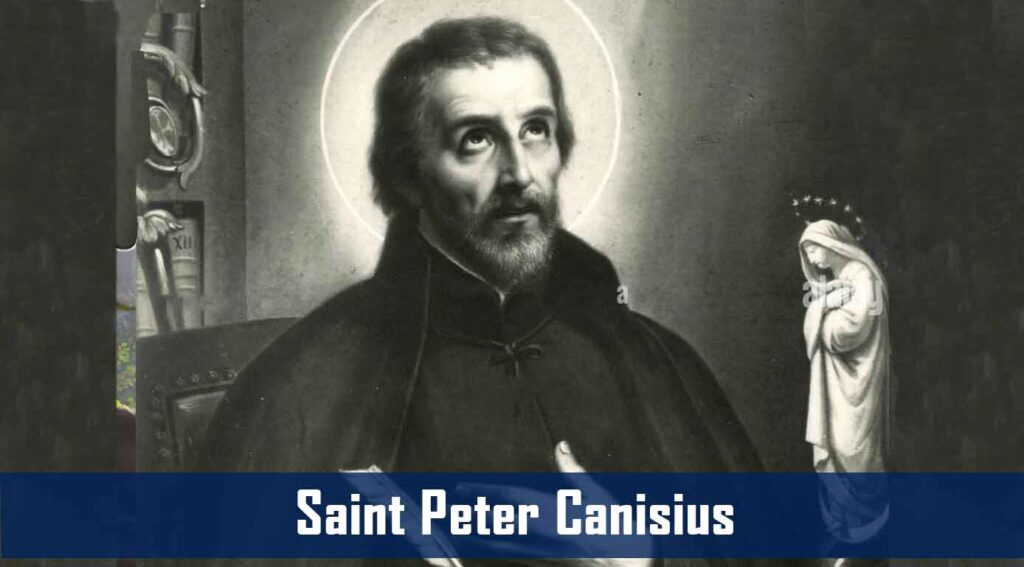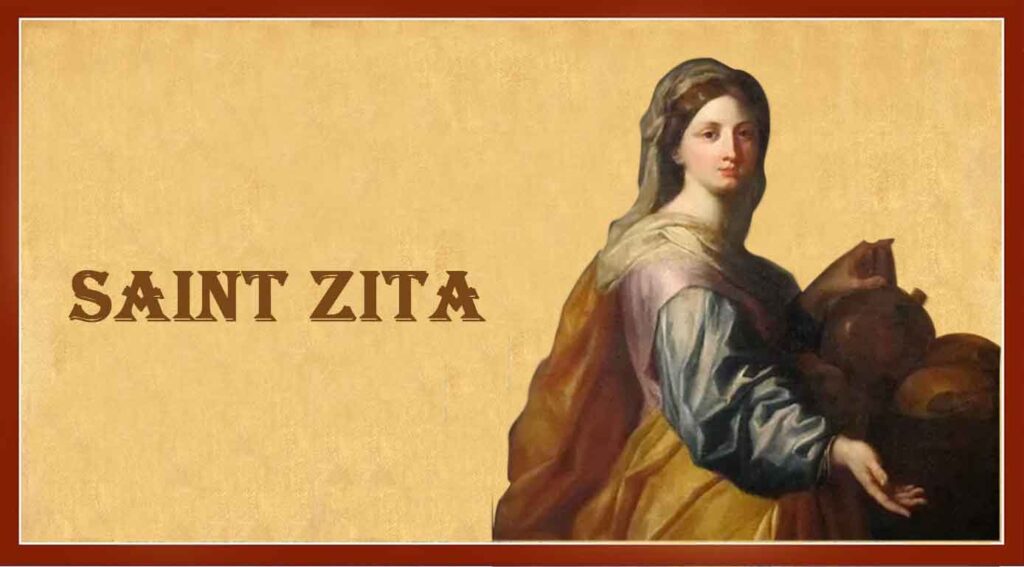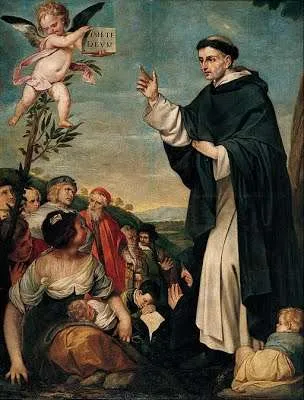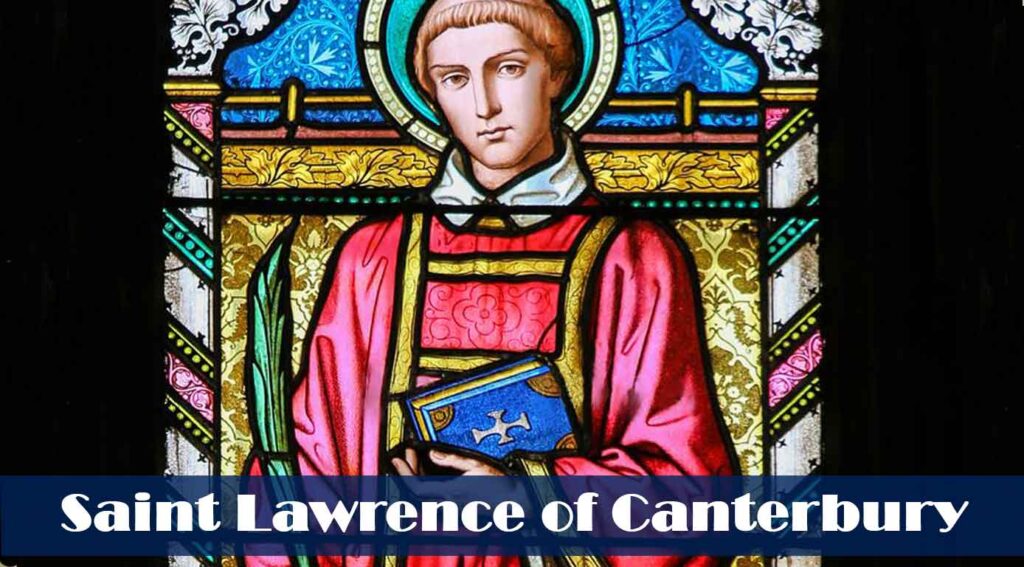Saint Peter Canisius was born in 1521 in Nijmegen in the Duchy of Guelders, which, until 1549, was part of the Habsburg Netherlands within the Holy Roman Empire and is now the Netherlands. His father was a wealthy burgermeister, Jacob Kanis. His mother, Ægidia van Houweningen, died shortly after Peter’s birth. He was sent to study at the University of Cologne, where he earned a master’s degree in 1540, at the age of 19.
While there, he met Peter Faber, one of the founders of the Society of Jesus. Through him, Canisius became the first Dutchman to join the newly founded Society of Jesus in 1543. Through his preaching and writings, Peter Canisius became one of the most influential Catholics of his time. He supervised the founding and maintenance of the first German-speaking Jesuit colleges, often with little resources at hand. At the same time he preached in the city and vicinity, and debated and taught in the university.[1] Due to his frequent travels between the colleges, a tedious and dangerous occupation at the time, he became known as the Second Apostle of Germany.
Canisius exerted a strong influence on the Emperor Ferdinand I. The king’s eldest son (later Maximilian II) appointed Phauser, a married priest, to the office of court preacher. Canisius warned Ferdinand I, verbally and in writing, and opposed Phauser in public disputations. Maximilian was obliged to dismiss Phauser and, on this account, the rest of his life he harboured a grudge against Canisius.
He was initially buried at the Church of St Nicholas. His remains were later transferred to the church of the Jesuit College, which he had founded and where he had spent the last year of his life, and interred in front of the main altar of the church; the room he occupied during those last months is now a chapel open for the veneration of the faithful.







